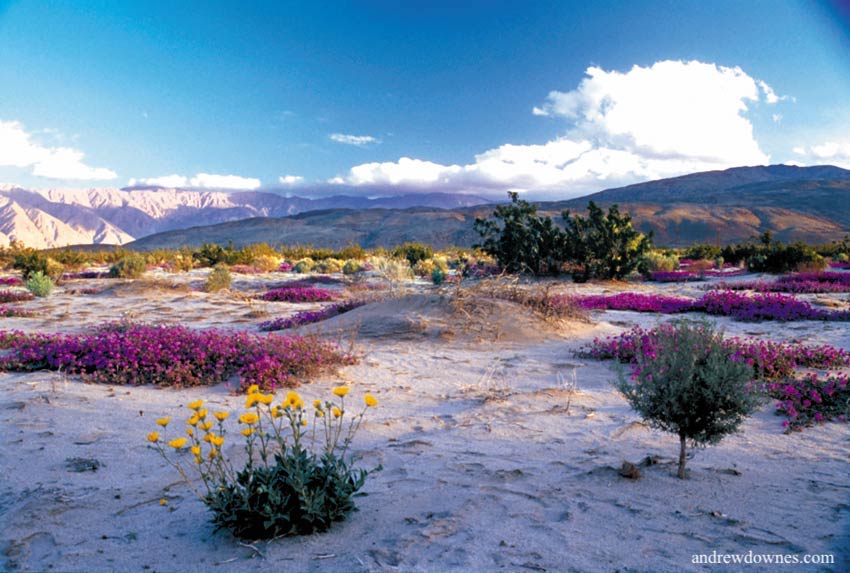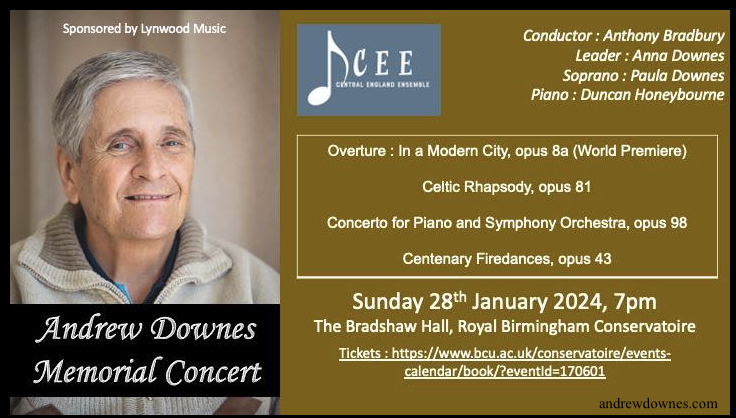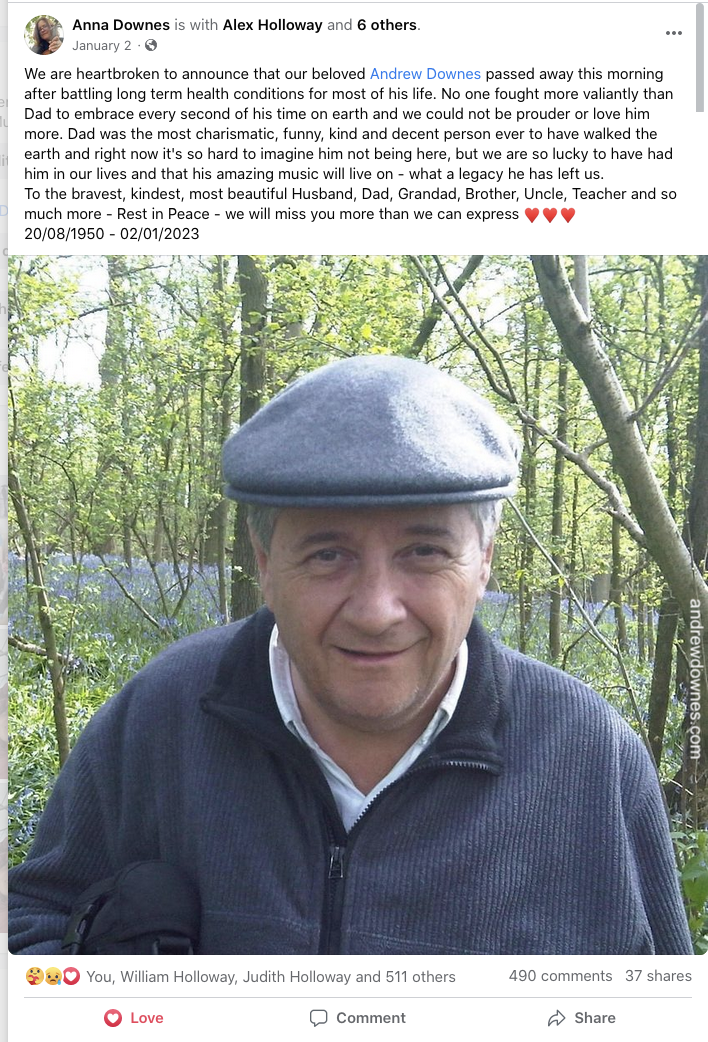Programme Notes: Orchestral Works
Follow Cynthia Downes on Instagram to keep up-to-date with her blog posts.
On this page:
Overtures
Symphonies
Overtures
Concert Overture: ‘Towards a New Age’
This overture, composed in 1996, was commissioned by the Institution of Mechanical Engineers (UK) in celebration of the 150th anniversary of their foundation. The work takes its inspiration from the world of engineering, and also from the approach of the year 2000. The overture juxtaposes strongly defined vocalistic, melodic and harmonic writing and passionately emotional climaxes with the clear regularity of machine-like rhythm.
The overture opens with pizzicato cellos and double-basses, giving a feeling of great expectation. A plainsong-like tune on flutes, with strong elements of the mixolydian mode, introduces four phrases, each of which is developed throughout the work.
The opening tune evolves into an exciting accompaniment, introducing a variety of counter- themes (all developed from the opening phrases). The mood gradually becomes more rhythmic. Brass and wind add a domineering punctuation, answered by a strident melodic passage on unison strings, building up to a chorale, first on brass with a frenzied chant from strings and percussion, and then in the woodwind with counterpoint strings, punctuated by brass and percussion. The strings, in a broad sweep of harmony, carry this section to a beautiful and highly emotional climax, with a soaring and plaintive descant from the woodwind, horns and trumpets.
A rhythmical passage featuring marimba introduces a foot-tapping section on violins and wind, accompanied by brass and percussion. As it progresses, one has the feeling that the ‘machines’ are in full motion, with horns, violas and cellos taking on the role of large ‘pistons’. Themes and counter-themes create a great feeling of jubilation.
Cellos and basses then reintroduce the opening, together with the return of the dominating punctuation, this time calmer and on woodwind. The main theme returns on brass in three-part counterpoint. A peaceful phrase on a string trio, with low pizzicato accompaniment, appears briefly, followed by a strong machine-like impetus towards more heightened passion, and a return to the chorale, this time higher in pitch and emotion.
A strongly defined syncopated passage, led by percussion and pizzicato strings, together with a jubilant chant on woodwind in African-style harmony, introduces an exciting coda, where repeated engine-like phrases are passed round the orchestra. The mood suddenly quietens half way through this, when the string trio comes to the fore again, to ponder on the ‘new age’ to come, before the return of the machine phrases, which bring the overture to a jubilant close.
CYNTHIA DOWNES
More info on this work
Symphonies
Symphony no 1 for Organ, Brass, Percussion & Strings.
1. Prelude and Fanfare
2. Ricercare
3 Scherzo
4. Postlude
Completed in September 1982, this work was first performed at the 40th Cheltenham International Festival of Music in 1984 by the Birmingham School of Music Symphony Orchestra conducted by Mark Foster.
Andrew Downes composed this symphony shortly after writing his dramatic cantata ‘A Child is Singing’, which expresses the horrors of nuclear war; and the tone of this cantata greatly influences much of the mood of the symphony. There is a feeling of emptiness, of the unknown and of wandering in time and space.
There are two main themes in the first movement, the first of which is full of foreboding and drama, the second being essentially lyrical and melancholic. The mood of foreboding dominates most of the movement, evolving into climaxes from which dramatic brass and organ fanfares develop. But it is the second theme which finally takes over, by means of a string quartet which emerges towards the end with lyrical and poignant polyphony. This ultimately transforms the tone of the movement, creating a quiet, resigned and melancholic atmosphere.
The feeling of meandering in space comes to the fore in the second movement. There are passages of emptiness and calm, contrasting with frenzied, almost barbaric climaxes. There is a long, atmospheric coda, with pinpoints of sound brought together by a pulsating ostinato on vibraphone (without vibrato).
The third movement has a more positive, less abstract character. The whole orchestra in turn takes up the rushing, vivacious scherzo.
The final movement takes stock of all the moods which have gone before. Its opening is slow and profound, echoing the mood which began the whole work; but its character is warmer and more positive. A long, poignant and insistent dialogue in the strings and a heartfelt brass chorale herald a ray of hope over and above the uncertainty and desolation. The climax of the movement is a build-up of chaos, which subsides into a mood of calm and resignation. Finally, the music seems to wander off into time and space towards some unknown goal, while a small hint of the chorale of hope appears just once in violas and ‘cellos.
CYNTHIA DOWNES
More info on this work
Andrew Downes: Symphony No.2
Symphony No.2 begins with a pastoral theme on flutes, soon joined by other wind, creating a moving and deeply felt introduction. The strings, with solo interjections from first trumpet and clarinet, take the theme forward with increased momentum. The first horn and timpani then lead into a rhythmic and dynamic development, which is eventually brought to an abrupt end by a dream-like section, in which the first trumpet reintroduces a return to the opening tune. Further development leads to the climax of the movement. The woodwind then reiterate the theme in a canonic version of its original form and the first movement dies away.
The middle movement is a scherzo, which begins busily, but is full of dramatic and dynamic contrasts, ending on a quiet note.
The opening of the the slow finale, played over a drone on
low strings, is a plaintive melody on solo horn, joined by trumpet. A passage on wind, which will later develop
into a full blown chorale, carries the movement forward and the violins then
take up the horn’s opening theme towards the end of the introduction. A sustained and dramatic second subject on
strings, rhythmically enhanced by timpani, is joined at its pinnacle by the
grand chorale on wind and brass. The first clarinet, with the drone returning
on strings, takes up the opening theme again, followed by a heartfelt passage
for strings, joined by clarinet 2. The
horns then lead into a fanfare-like climax, after which the work is gradually brought
to a quiet and tender close with echoes of all the themes of the movement.
CYNTHIA DOWNES
Symphony No. 3 – ‘Spirits of the Earth’
This Symphony is characterised by its exciting rhythms, counter-rhythms and musical influences from all cultures: ‘pop’ (there is a drum kit part in the first movement ), jazz, big band styles (in movement 1 the trumpet players are asked to stand up as if in a dance band), through to plainsong and organum, which merge with African and Native American styles. There is occasionally a marimba in the background, giving the atmosphere of a broad African savannah, punctuated by many other percussion sounds, bringing the scene to life.
The work is designed to excite both the ear and the eye. There is constant movement, creating a feeling of dance, freedom of expression and rhythm. In between frenzied and busy passages come beautiful and melodic moments. The second movement begins with a slow, reflective African folk-like theme on flutes, which features throughout the movement. The fourth movement, entitled ‘Belas Knap’, because the music is inspired by the beautiful climb up to this Long Barrow in the Cotswolds, has broad lines full of elation and freedom, inspiring thoughts of the generations which have trodden this path since ancient times.
The work attempts to create a oneness: of the past with the future, of the different cultures of the earth, and of man with nature. There is a feeling of old spirits coming alive (especially in movement 4), and there are sounds throughout which suggest creatures in the woods and jungles of the world. There are suggestions in the multi-time passages of different time zones and dimensions all existing together.
Movements 1, 3 and 5 begin with great energy, and movements 2 and 4 calmly, but there are contrasting sections in all movements, and themes recur from one movement to the next. The work draws to a close with a viola solo which is both rhythmic and profound, and which comes towards the end of a beautiful chorale. This chorale returns from earlier in the last movement, and represents, in fact, the main theme of the whole work: a heartfelt expression of hope that we can all live together in harmony.
CYNTHIA DOWNES
More info on this work
Symphony No.4 - scored for Concert Wind Band
This work was commissioned by Janice Lee Sperling MD for the Albuquerque Concert Band following the premiere in 1995 of Andrew Downes’ Sonata for 8 Horns at the University of New Mexico. The Symphony represents the composer's ideal of integrating non-western and western styles in his most advanced way to date, culminating in the third movement, "Sky City", which takes its inspiration from the ancient Pueblo city in the New Mexico desert and includes a solo part for Native American cedar wood flute.
The first movement, entitled "City", takes its inspiration from a day in the city of Albuquerque. It begins with a sense of dawn over the desert, centering on the city, with the San Diaz Mountains seen in the distance. The purity of this early day is described with Renaissance-like open harmony played by pure sounding orchestral woodwind, joined by horns and trumpet. As the city begins to wake up, the more robust, slightly corrupting sounds of saxophones emerge from the texture. The onset of full day is denoted by a melodic line played on timpani, accompanied by upper wind. The climactic forte section which follows on full band evokes the jubilant middle of the day, with its full colour, searing sunlight, and the clatter of city life. The harmonic style integrates some of the Pueblo native-American modality, prevalent in the region (and explored more fully in movement 3, "Sky City"), with the jubilation of rich sub-Saharan African parallel harmony. The movement ends quietly and mysteriously, suggesting evening over Albuquerque, with its radiant glittering lights as seen in the distance from the foot of the San Diaz Mountains.
The second movement, entitled "Mountains", describes the elation felt when walking along the summit of the San Diaz Mountains, which rise almost vertically from the desert about five miles north of Albuquerque. The movement is in the form of a scherzo. The music is lofty in spirit, jubilant and fanfare-like throughout the scherzo sections, and retains the feeling of anticipation and joy even in the more reflective chorale-like trio passage. Harmonically and melodically the style of the music begins to anticipate the native-American modality of the ensuing movement.
The third movement is inspired by "Sky City", the ancient Pueblo mountain settlement in the heart of the desert in the south of New Mexico. The writing exploits the lydian-dorian/pentatonic scales prevalent in native Pueblo music. The use of solo cedar wood flute gives added authenticity to the music of this movement, which conjures the rich synthesis of emotion and ancient memory so important in the cultural heritage of the Pueblo Indians.
The fourth movement, entitled "Desert", is a representation of the emptiness, sadness, and fear of the unknown, which is experienced as one travels through the vast Chihuahuan desert. The musical style is characterized by relative dissonance, large and jagged intervals, and funereal processional-like music with bells and hollow drums. A poem concerning the funeral rites of the local Indians, written by an anonymous Pueblo, and translated in the Southwest Museum Papers, had some bearing on the composition of this movement:
All the white cloud eagles, Lift me up with your wings, and take me to Shipap (heaven).
And also you other eagles, Come and lift me up with your wings, way up high,
All over the world! No-one can see the place where you are taking me.
Way down in the southwest where our fathers and mothers have gone.
Put me there with your wings.
The finale of the symphony, entitled "Rio Grande", describes this great river as it meanders through the otherwise empty desert. The music is warm, flowing, and optimistic throughout, and provides a contrast with the barrenness of the previous movement. There are some moments of relative drama, perhaps reflecting the occasional rocky outcrop and whirlpool in the river's otherwise peaceful journey.
CYNTHIA & ANDREW DOWNES
If you have performed in any of Andrew Downes' works or come to listen, please share your experiences in the Premieres Blog! Also see what others have said. Thank you so much for your contribution.










